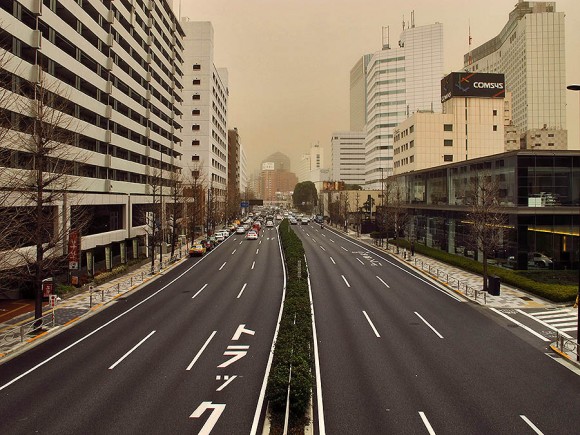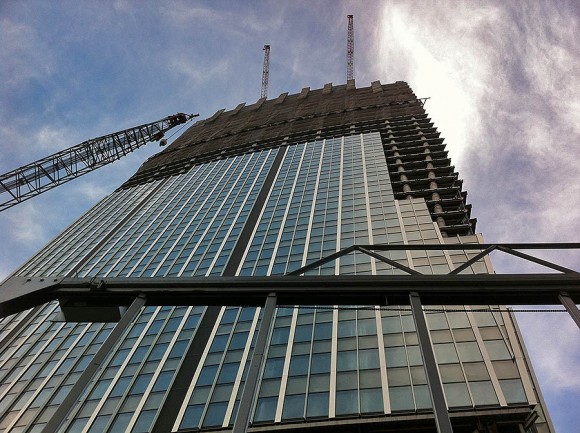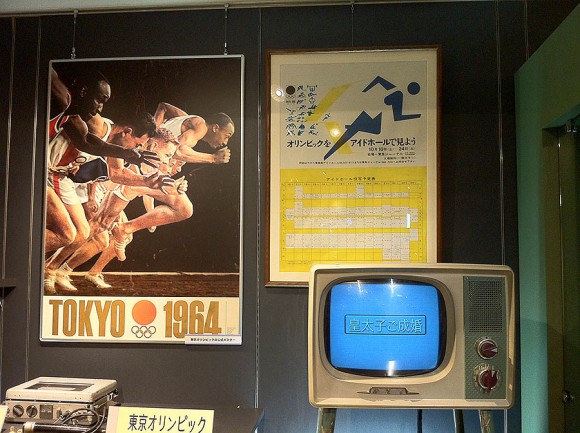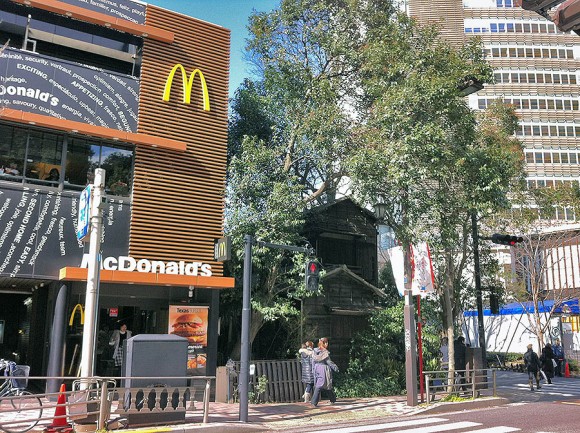The last few days of my stay in Japan are spent mainly outside. I’m borrowing a friend’s bike to maximise the ground I can cover in a day. Today’s tour was slightly hampered by a sandstorm that turned a lovely spring day into something dark and sepia-toned. I took a few photos near Shinagawa station in the south of Tokyo’s centre.
Category Archives: Japan
Japan’s Growth Model
Taking on a topic as big as Japan’s post-war economic miracle for my book project requires a good structure and solid preparation. I have used this blog before to digress on economic topics (e.g. here and here) but have so far shunned the main prize: how did Japan manage to pull off one of the most remarkable episodes of economic growth in human history?
City views
Today I climbed Atago Forest Tower’s sky deck for the views. Unfortunately, it was a little too bright and hazy towards the south west, where a lot of nice buildings are.
Towards Shinagawa, Tokyo Tower.
Chinese embassy protests
The flat which a friend of mine has kindly offered to me for the last two weeks of my Tokyo stay is a short walk from the Chinese embassy. With tensions between Japan and China running high, it is no surprise that protests take place here from time to time. Just as I was walking by this Sunday, two uyoku dantai (literally “right wing groups”) vans were trying to make their way through police blockades.
Toranomon Hills
Just down the road from where I live (until Wednesday!), a building has been rising to the sky relentlessly, floor by floor since we arrived in Tokyo five months ago. On 1 March, a press release revealed (to me at least) what this is all about: it’s Mori’s new mega-project, now officially christened Toranomon Hills after the area it is situated in. It is the developer’s largest since Roppongi Hills got opened ten years ago and at the heart of the whole area’s redevelopment.
Yanaka strolls
Taking the south exit of Nippori station, you reach the neighbourhood of Yanaka. Many of the area’s buildings survived both the Kanto Earthquake and the carpet bombing of WWII. Walking the small streets, you get a feel for how Tokyo must have looked like a long time ago.
The Tokyo 1964 Olympics
Looking back at the twentieth century, Olympic Games often marked pivotal moments in the host nations’ histories. Just three years before World War II, the 1936 Games in Berlin were intended to present an assertive yet somewhat tolerable Nazi Germany to the world. The Moscow and Los Angeles Games of 1980 and 1984 respectively made the Olympic idea play second fiddle to the realities of the Cold War. The Tokyo Games in 1964, on the other hand, told the tale of a now peaceful nation that had successfully emerged from its wartime past and was eager to show the world just how it had changed.
Old houses refuse to go
Despite the constant scrap and build here in Tokyo, you can find old “normal” buildings here and there. They do look out of place very often, like this one here in Akasaka, right in the centre of town near the government district. Situated next to a McDonald’s, one can only speculate as to what happened (or didn’t) to the wooden building or its owners.
Yebisu Garden Place
Exploring the city with the baby of a visiting friend, one of our trips led us to Yebisu Garden Place in Ebisu. Built in the mid-90s, this is a city-within-the-city complex quite typical of Tokyo (think Roppongi Hills, Tokyo Midtown, etc.): A large hotel, an office tower, complemented by shopping as well as residential units. Yet, at the end of the ensemble, something rather unexpected: a French chateau.
Metropolitan Festival Hall
The entrance to Tokyo’s Ueno Park is marked by two important post-war era buildings. Le Corbusier’s Museum of Western Art (read more here) brought the master’s distinct modernism to Japan and inspired many Japanese architects and urban planners. Across the promenade is Mayekawa’s impressive Tokyo Metropolitan Festival Hall. Himself a student in the French master’s Paris atelier before World War II, Mayekawa gave modernism a uniquely Japanese dimension.









